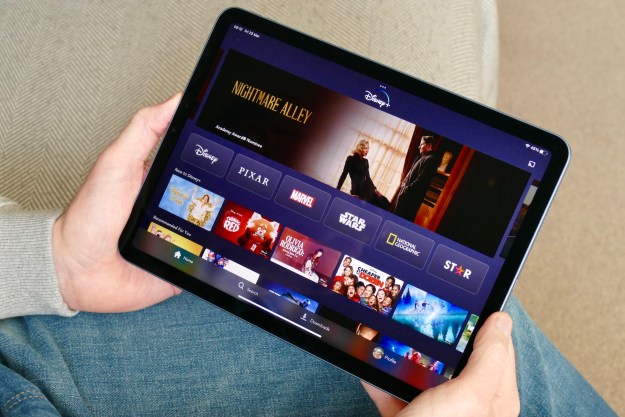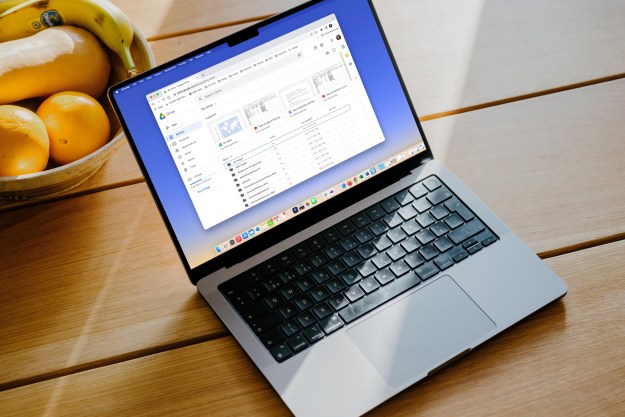
The technology involves the use of ultrasonic noises that can’t be picked out by human ears, but can be detected by devices with a microphone. Advertisers can embed the noises into any ad with an audio component, including those shown on TV. This makes it possible to not just track devices, but also track devices that users normally don’t think susceptible to such invasions of privacy.
The most prominent company running this software is SilverPush, which works by embedding the software into other popular applications. Without a user even knowing that it’s running, SilverPush listens for the ultrasonic codes that ads and other applications broadcast.
“When a user encounters a SilverPush advertiser on the web, the advertiser drops a cookie on the computer while also playing an ultrasonic audio through the use of the speakers on the computer or device,” states the report. It goes on to say the sounds allow an app “to know which ads the user saw, how long the user watched the ad before changing the channel, which kind of smart devices the individual uses, along with other information that adds to the profile of each user that is linked across devices.”
SilverPush doesn’t list the names of the apps or developers that include the tracking software, but according to the same CDT report “As of April of 2015, SilverPush’s software is used by 67 apps and the company monitors 18 million smartphones.” That’ a substantial number, and it’s not the only company using this sort of software for cross device tracking.
The privacy implications are obvious, especially considering there’s little way of knowing what apps might include software from SilverPush or one of the other companies like Drawbridge and Flurry. That also means there’s basically no way to opt out of this sort of tracking, although ensuring your microphone and speaker privileges on your smartphone are managed correctly.
Editors' Recommendations
- What iPhone do I have? How to find out your iPhone model number
- U.S. carriers want to ruin your Android lock screen with advertisements
- Fortnite’s record-setting Device event leaves some fans locked out
- Remember that alien comet? Scientists figured out what it’s made of



